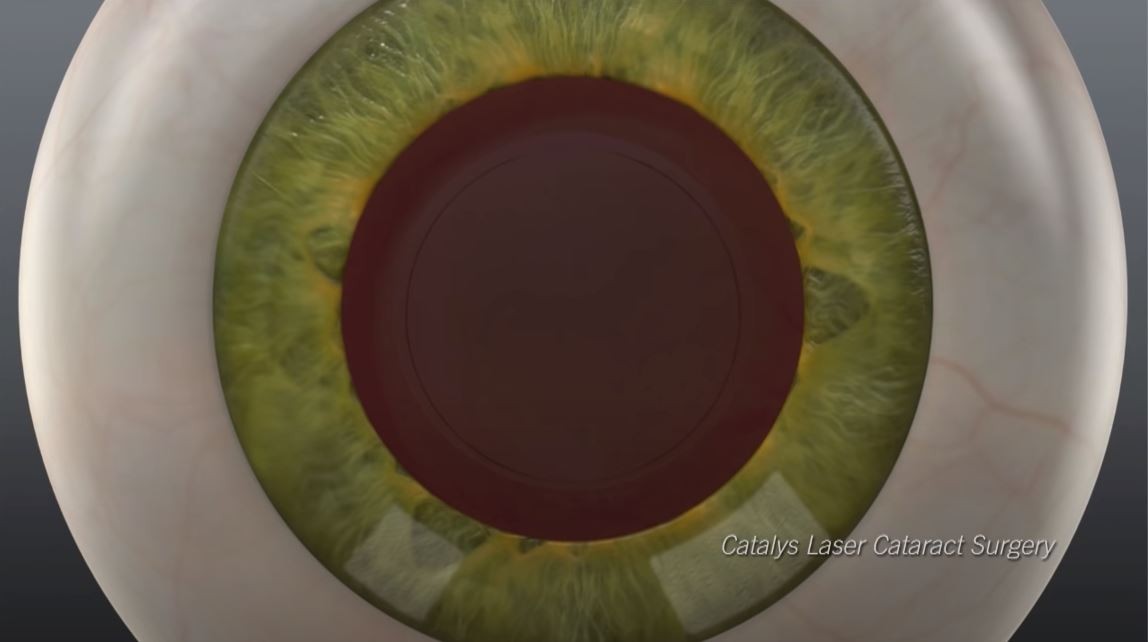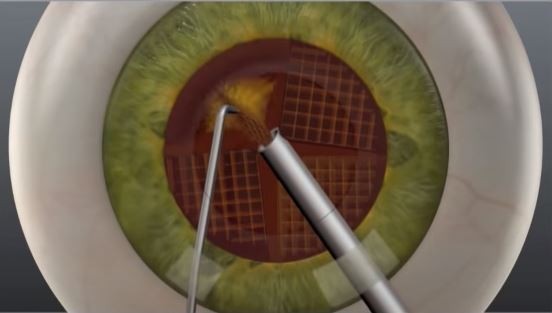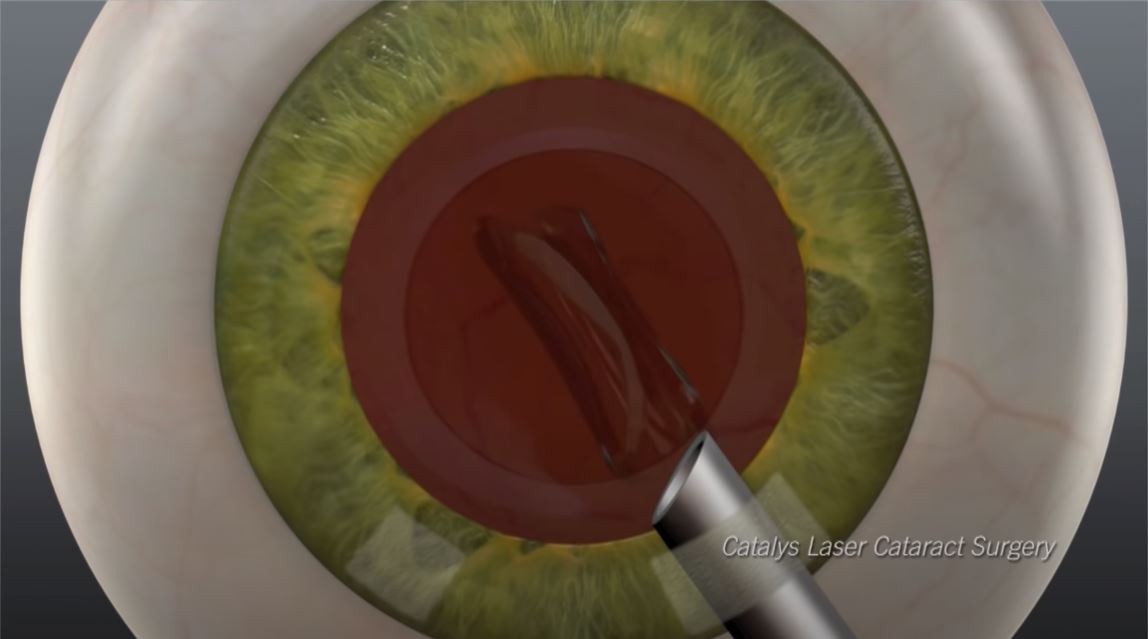MANUAL CATARACT SURGERY VS LASER CATARACT SURGERY
Having a cataract means your natural lens has become opaque, which will require a procedure to replace the clouded lens by an artificial lens. Cataract surgery is a good opportunity to restore and even enhance your vision. It’s one of the most frequently performed procedures worldwide, usually done in three quick steps: Access, Removal and Replacement.
1. What is a cataract?
A cataract is a dense, cloudy area that forms in the natural lens of the eye. The cataract begins when proteins in the eye form clumps that reduce ability of the natural lens to focus light on the retina. The retina works by converting the light that comes through the lens into signals then sends them to the brain through the optic nerves. Light focus insufficiently on the retina results in images that appear blurry.
The cataract develops slowly and eventually interferes with vision. It can occur in both eyes, but usually does not form at the same time. Cataracts are common in older people and the biggest reason causing blindness in the world, expecially in developing countries.
Cataract can be shown in below symtoms:
- Blurry vision
- Trouble seeing at night
- Seeing colors as faded
- Increased sensitivity to glare
- Halos surrounding lights
- Double vision in the affected eye
- A need for frequent changes in prescription glasses
- Vision does not improve even adjusting the prescription of glasses
Cataract can develop mainly due to aging. Besides, there are some other reasons, such as an overproduction of oxidants, which are oxygen molecules that have been chemically altered due to normal daily life, smoking, ultraviolet radiation, the long-term use of steroids and other medications, or certain diseases, such as diabetes
Although cataracts have a significant impact on eyesight and quality of life, it can be completely treated by surgery. Until now, there are two methods to conduct a cataract surgery: Manual cataract surgery (also known as Phaco surgery) and Laser cataract surgery.
2. Surgery process
Step 1 - Access: Make a small incision, help clear the way to set up lens positioning
To access the cataract, the small incision must be performed in the cornea and in the lens capsule. In manual cataract procedure, the incision made by hand with a blade. A circular incision opens the way to the cataract. This is critical to the procedure, because this shape influences lens placement later. Created incision’s shape may be irregular.

In laser cataract surgery, all incisions made with laser precision, based on the unique architecture of eyes, allows for precise and personalized positioning. Thanks to the help of laser, this step is completed within 1 second, and the surgeon can create near to perfectly round incision.

The crystalline lens is now accessible.
Step 2 - Removal: Softly break up and remove the clouded lens
This is the step when the clouded lens is broken into pieces and removed. The cataract is broken using ultrasonic vibrations. The pieces are removed using suction.
In manual cataract surgery, the tip moves at high speed and creates ultrasonic vibrations to break up the cataract. Sections must be broken into smaller pieces and then vacuumed out with high-power suction. All pieces must be completely removed. This step requires vigorous ultrasonic vibrations.

In laser cataract surgery, a Femtosecond laser helps break the cataract into smaller pieces and extract, so the broken pieces stay within the safety zone and the entire depth of the crystalline lens is softened. The crystalline lens is softened for easy separation, thanks to the pre-cut by laser. Pieces can be removed using more gentle suction, with less ultrasonic vibration.

Step 3: Replacement: Implant a new, clear intraocular lens
In manual cataract surgery, the intraocular lens is aligned based on the circular incision. Alignment is approximate, and overlap can vary.

In laser cataract procedure, alignment is accurate, with near-to-perfect overlap.
3. Advantage of laser cataract surgery
Both of Phaco and Laser Cataract surgery brings great benefits to patients:
- No hospitalization - The patient can return home on the same day of their surgery.
- The small incision will heal itself without stitches or bandages - hence fewer complications related to the incision size.
- Pain-free: anesthetic eye drops will keep the patient from feeling pain while the eye muscles remain working normally.
- No restriction on normal activities. Can join work from the next morning.
- Fast recovery of good vision in a matter of days after a few days with high visual quality.
Thanks to the application of Femtosecond laser, Laser Cataract surgery can achieve further excellence results:
- Incisions personalized to each patient’s unique anatomy
- Minimal postoperative corneal edema and inflammation
- Result in low capsular tear rates
- Lower subconjunctival hemorrhage rates associated with a non-contact patient interface
- Enables fluidics-driven lens extraction
- Better surgery experience where every step is executed more gently and quickly
- A near-to-perfect incision with precise surgical operation
- Shorten recovery time with ensured safety
When cataract comes to your vision, you have more than one option. The above information is to help you imagine to an overall picture about the cataract and its treatment. Before you decide, please go to your trusted ophthalmologist. If it involves expert knowledge, you should hear from and consult with a doctor.
Make an appointment for eye check-up at: https://jieh.vn/make-an-appointment
